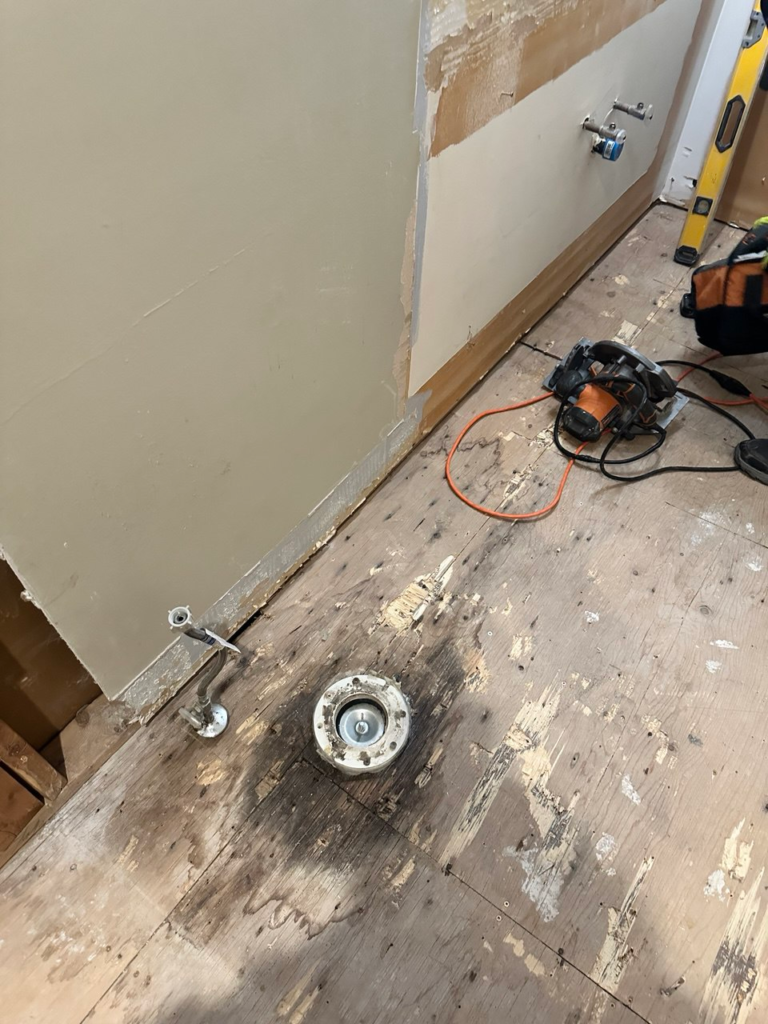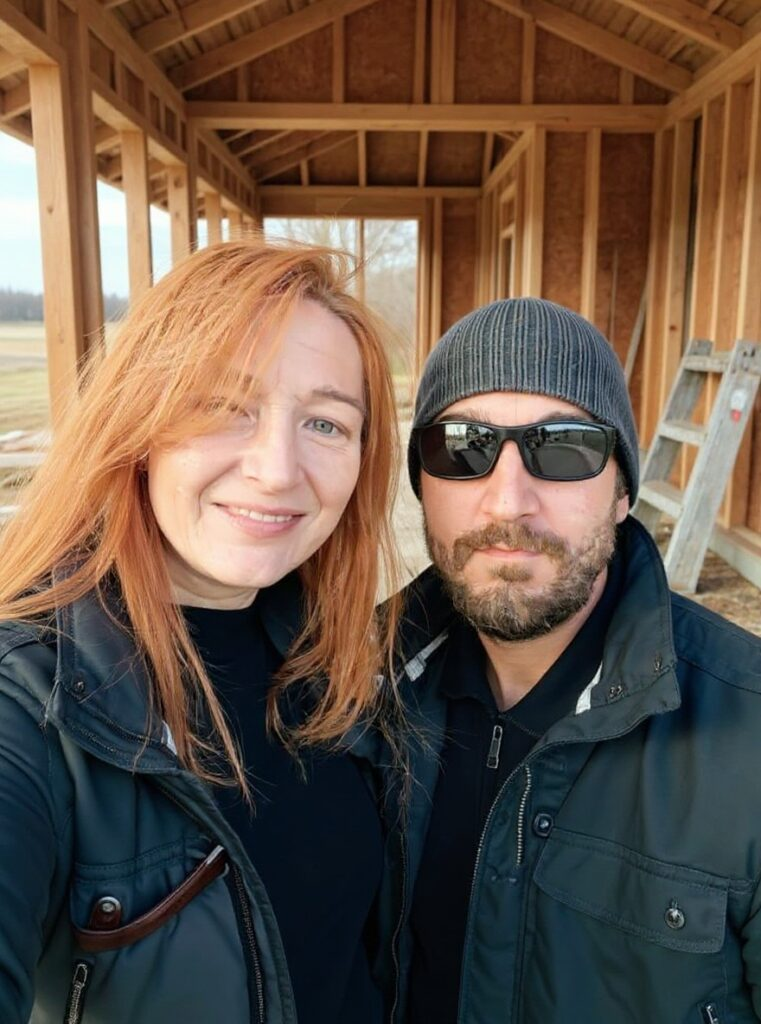Key Takeaways
- Beyond the Surface: Why a “Forensic” Tear-Out is Essential for Your Bathroom Renovation
A bathroom remodel is a major investment, promising a modern space, higher home value, and a spa-like escape. Yet, the real long-term success of the project is hidden beneath the new tile and fixtures. Beneath that beautiful surface can lurk critical, often overlooked time-bombs: hidden water damage and structural issues that can spell disaster for your investment’s longevity.
Too often, renovation companies focus on speed, doing a surface-level demolition that leaves potential problems hidden from view. A truly professional renovation isn’t just about beautiful finishing; it hinges on a thorough, forensic inspection of the sublayers—the parts you’ll never see once the job is finished.
The Subfloor Challenge: Ensuring Your Tile Lasts
One of the most common oversights happens right where the new floor is laid: the subfloor. The quality and stability of this base directly determine how long your new tile work will last.
The Subfloor Stability Problem
Many homes use standard OSB (Oriented Strand Board) as the base subfloor. For tile, this single layer presents two major problems:
Inadequate Bonding (The OSB Problem): OSB is a particle-based product that is highly sensitive to moisture. When tile mortar is applied directly to it, the bond is often compromised, dramatically lowering the quality and lifespan of the installation.
Structural Flex (The Bounce Problem): A single layer of builder-grade subfloor is often not rigid enough to support the weight of tile. The floor retains a slight “bounce” or deflection. This tiny movement causes constant stress on the brittle tile and grout, eventually leading to cracked grout lines and failing tiles.
The Professional Subfloor Solution
A quality tile installation requires a rigid base. A professional will typically install a second layer of plywood or specialized cement board over the primary subfloor, sometimes along with a waterproofing membrane (like a liquid barrier or uncoupling mat). This multi-layered approach eliminates bounce and ensures a perfect, lasting bond for the mortar, protecting your floor for decades.
The Critical Need for a Hidden Damage Check
The greatest risk is a contractor failing to thoroughly check for existing water damage—this is where many cut corners.
During demolition, the old tile and mortar are removed. However, to save time and intensive labor, many companies will leave the second layer of subfloor in place. This is a major mistake because of how water travels:
Over years of use, common bathroom weak points—such as the wax ring around the toilet or inadequate sealing around the tub/shower—can develop slow leaks.
This water seeps down, soaking into the first layer of subfloor and, critically, affecting the structural joists.
By failing to remove the upper subfloor layers, the contractor is simply building a new, beautiful bathroom over wood that is already rotted, moldy, or structurally weakened.
The Importance of a Full Tear-Out
Since a bathroom renovation is a significant investment you only make every 15 to 20 years, a full, forensic tear-out is non-negotiable. Your contractor must:
Remove all flooring layers down to the primary joists in the affected area.
Inspect the top of the joists and surrounding wall studs for discoloration, mold, or softness (rot).
Repair or reinforce any compromised wood structure (e.g., by “sistering” a new joist to a damaged one) before installing the new floor.
Install a proper, modern, multi-layered, and waterproof subfloor system.
Your Takeaway as a Homeowner
When hiring a contractor, be sure to ask specific questions about their demolition and subfloor preparation process.
Insist that they commit to inspecting and addressing any hidden water damage before installing the new floor. A little extra labor upfront to replace a rotten section of subfloor or a single joist is infinitely cheaper than facing a full tear-out and repair due to structural failure a few years down the line.
The integrity of your renovation lies beneath the surface. Don’t let the quest for a quick fix compromise the quality and longevity of your beautiful new bathroom
Table of contents
Key Takeaways
- Bathroom renovation can enhance home value but often hides critical issues like water damage and structural failures.
- Subfloor quality is essential for tile longevity; using standard OSB can lead to inadequate bonding and structural flex.
- To ensure a lasting installation, install a rigid base with plywood or cement board and a waterproofing membrane.
- Contractors often skip thorough sub-layer checks, risking hidden water damage that can rot subfloor joists.
- Homeowners should ask contractors about their demolition process and insist on inspecting for water damage before new installations.













